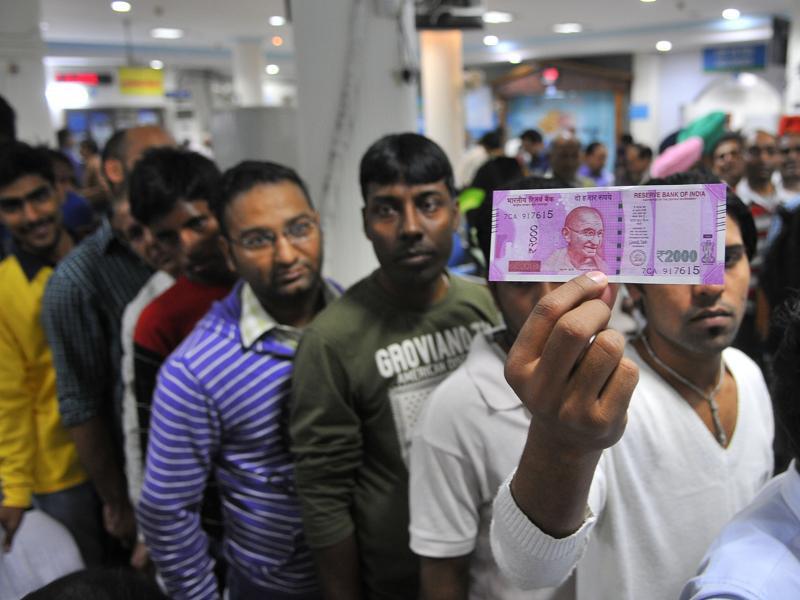A shortage of new notes in India following sudden currency reforms means workers’ first payday comes amid a banking meltdown.
Also read: BITLENDING CLUB SHUTS DOWN DUE TO ‘REGULATORY PRESSURE’
PAYDAY WOES, RUPEE LOWS
On the evening of November 8, 2016, Indian Prime Minister Narendra Modi made the shock announcement that all 500 and 1000 rupee notes would immediately cease to be legal tender.
For the majority of the Indian workforce, today is their first payday since that announcement. With a shortage of the new 2000 rupee notes, banks are facing a new crisis.
Back in October, we published a piece on the potential for India to cause strong upward pressure on the price of Bitcoin. The country has the largest remittance industry in the world (receiving about $70 billion dollars each year), and local companies like ZebPay have been making strides to enable online digital payments for consumers, in a bid to capture a share of the crypto-market.
In recent years, the ambitious Indian government has been backing several initiatives, including Digital India, to improve internet infrastructure, access to services and digital literacy, especially in rural areas. They have also pledged to provide bank accounts for all of the 1.2 billion citizens, and there is a strong push for a cashless economy.
One of the reasons for this digital drive is to crack down on corruption, and the November 8 announcement was another major strike at the gray economy. Not surprisingly, Bitcoin saw a surge in interest over the following weeks, and prices on Indian exchanges initially commanded a 25% premium over US equivalents, since dropping to around 10%.
EXCHANGE USERS ‘DOUBLING’ EVERY QUARTER
Perhaps more surprisingly, this increase in adoption cannot be attributed to a simple shifting of the gray economy to the cryptocurrency market. Bitcoin in principle cannot be bought with cash direct in India, and there is a mandatory Permanent Account Number (PAN) disclosure when purchased with a card or bank transaction.
Sandeep Goenka, Co-founder of Bitcoin exchange ZebPay, stated:
Bitcoin adoption in India is growing exponentially. At ZebPay, we are doubling the number of new users every 2-3 months. This trend has become more robust post demonetisation.
Today (December 1), salaries are paid to the staff of the government, companies, and domestic employers. Banks and ATMs, already stretched way beyond the limited funds they have access to, simply cannot provide the money people want to withdraw, which for many is the 24,000 rupee weekly limit set by the government.
Although the majority of salaries are credited to bank accounts, it is usual for customers to queue at ATMs in order to withdraw cash. This is then used for payment of bills, expenses, and to pay the wages of domestic help, who generally receive their entire payment in cash. With none available, frustrated customers will be looking for alternative solutions.
With India having the second largest smartphone market in the world, and an increasing accessibility of digital payments, it is hard not to see this providing another boost in crypto uptake. Which of course, can only mean one thing for the price of Bitcoin.
What do you think about the potential for Bitcoin adoption in India now? Let us know in the comments section below.
Images courtesy of Hindustan Times
